How do I get started?
There are far too many benefits to having a perfectly aligned smile for you. However, many individuals are unaware that misplaced teeth can do far more harm than simply affecting your appearance or smile. A potential question faced by patients today is whether Aligners can treat their misaligned teeth. The answer is a resounding YES! Over the years, aligners have been developed to correct both simple and complex misalignments. They are gaining popularity among patients and dentists because of their aesthetic appearance over conventional braces.
We have discussed below the various types of malocclusions, what they mean and what can happen in the long term if they are left untreated:
Protrusion is the excessive horizontal overlap between top and bottom front teeth. Protrusion most commonly appears in the upper front teeth (known as Excessive Overjet) wherein the upper front teeth are too far forward from the lower front teeth or lower front teeth are too far back from the upper front teeth or both.
If left unattended, protrusion can not only greatly affect aesthetics, but also affect the chewing function. Further, long-term protrusion may reduce the moisturizing and salivation function of the lips, and the gum may be exposed to dry air leading to inflammation, gum polyp (localized gingival enlargement), and damaged gums.
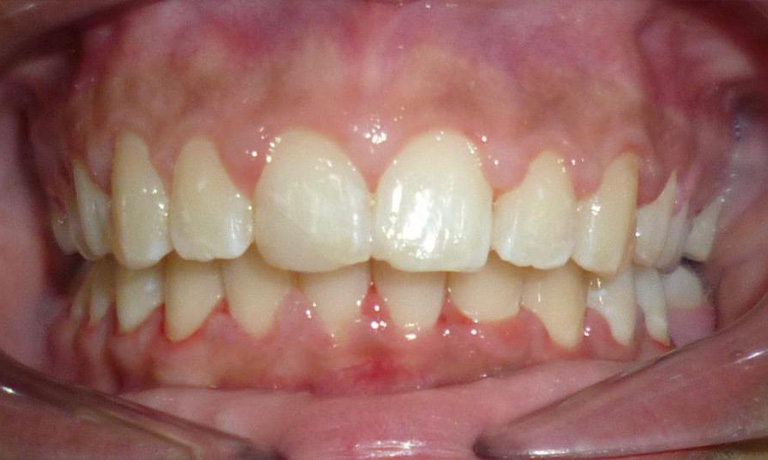
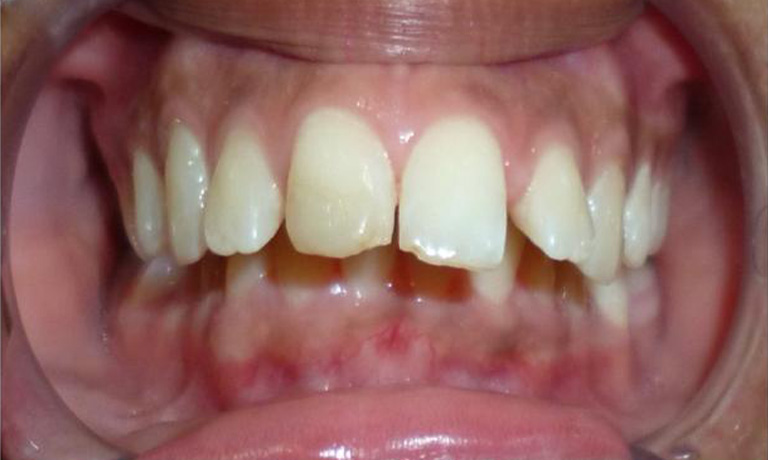
Protrusion is the excessive horizontal overlap between top and bottom front teeth. Protrusion most commonly appears in the upper front teeth (known as Excessive Overjet) wherein the upper front teeth are too far forward from the lower front teeth or lower front teeth are too far back from the upper front teeth or both.
If left unattended, protrusion can not only greatly affect aesthetics, but also affect the chewing function. Further, long-term protrusion may reduce the moisturizing and salivation function of the lips, and the gum may be exposed to dry air leading to inflammation, gum polyp (localized gingival enlargement), and damaged gums.
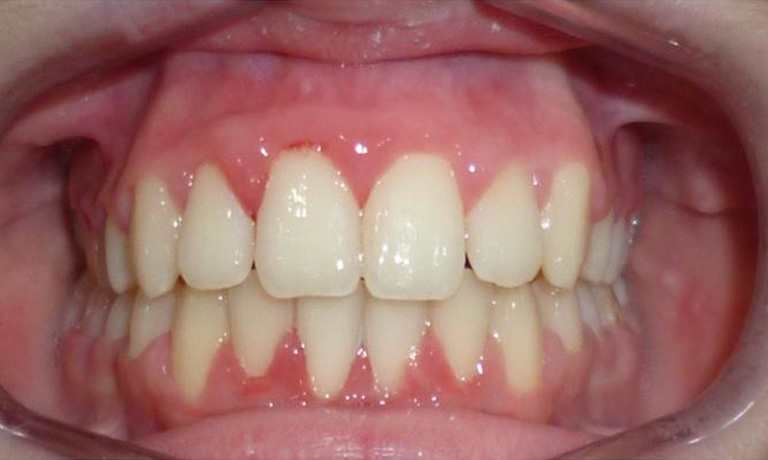
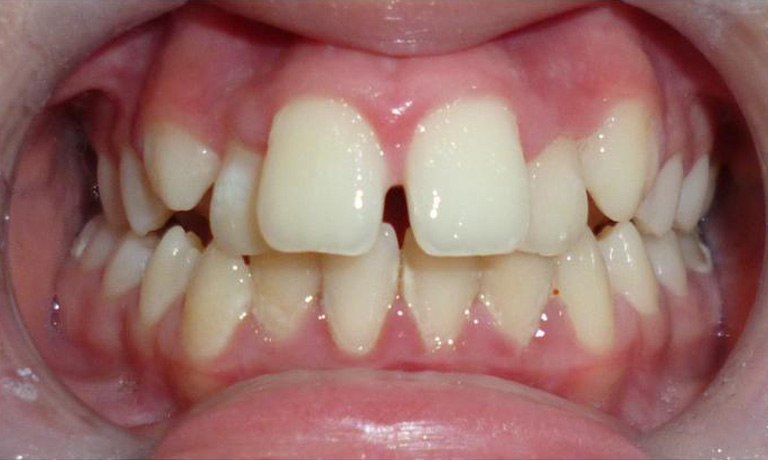
Gapped Teeth or Spaced Teeth, clinically known as diastema, is a dental condition where there is a gap or space between any two teeth.
Missing teeth, if left unattended, could create extra space, resulting in loosening of surrounding teeth. Furthermore, the spaces between the teeth will be prone to periodontal disease such as gingivitis and periodontal pocket.
Open bite is a malocclusion where the upper and lower teeth don’t touch each other when the mouth is fully closed. Open bite could occur in the front (Anterior Open Bite) or in the back of the mouth (Posterior Open Bite).
An open bite may develop from tongue thrusting, thumb sucking, or an underlying skeletal (jawbone) problem.
If left unattended, anterior open bite can not only greatly affect aesthetics, but also affect the function of the stomatognathic system (structures involved in speech and in the receiving, chewing and swallowing of food).
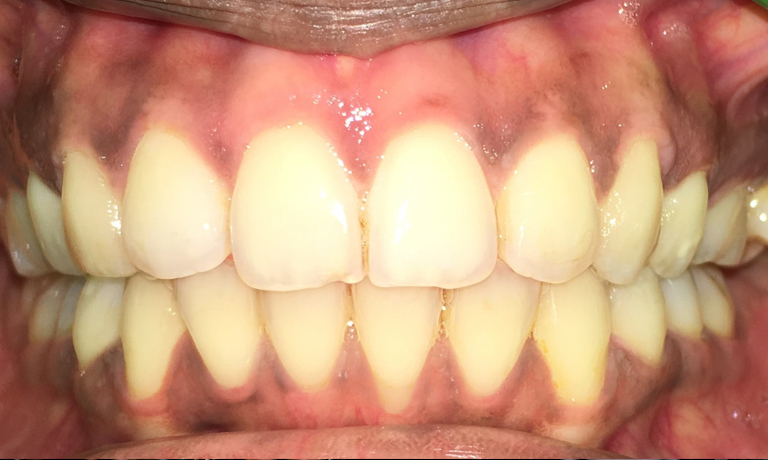
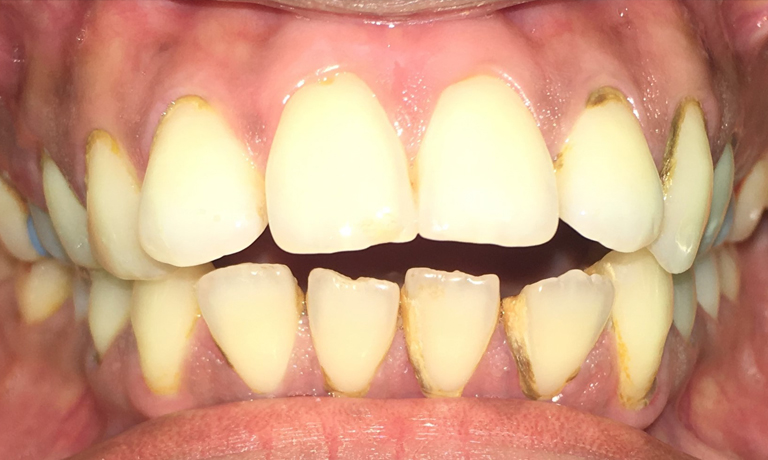
Open bite is a malocclusion where the upper and lower teeth don’t touch each other when the mouth is fully closed. Open bite could occur in the front (Anterior Open Bite) or in the back of the mouth (Posterior Open Bite).
An open bite may develop from tongue thrusting, thumb sucking, or an underlying skeletal (jawbone) problem.
If left unattended, anterior open bite can not only greatly affect aesthetics, but also affect the function of the stomatognathic system (structures involved in speech and in the receiving, chewing and swallowing of food).
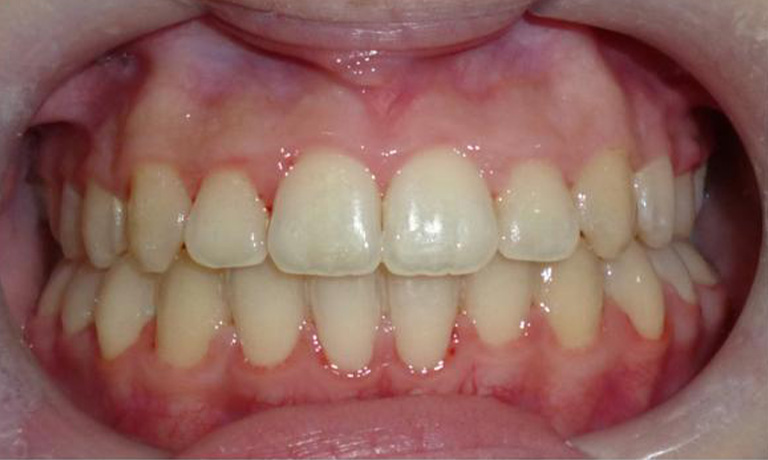
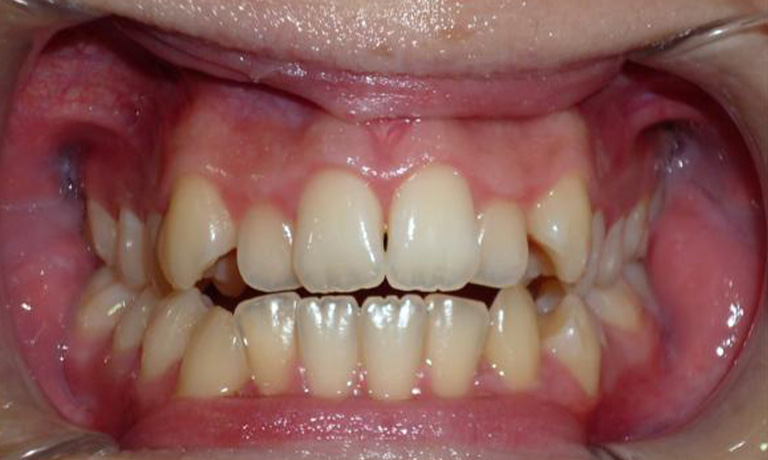
Dental crowding, also known as "overlapping teeth," is one of the most common dental misalignments. It occurs largely due to lack of space, which in turn, shifts the teeth such that they are not aligned correctly.
It is important to remember that dental crowding is not only an aesthetic issue but also considered as a health problem, as crowded teeth are more difficult to clean.
If left unattended, crowding can lead to dental calculus build-up, tooth decay and an increased risk of gum disease.
A deep bite is otherwise also known as a deep overbite, overbite, or closed bite. It is a dental condition in which the upper front teeth excessively overlap the lower front teeth while closing the mouth. The most common reason for a deep overbite is a small lower jaw.
It may also be caused by genetics or poor oral habits and if left unattended, can lead to wearing and abrasion of lower teeth, as well as pain in the TMJ. In extreme circumstances, the gums behind the upper front teeth may even be touched by the lower teeth, resulting in a step that eventually leads to gum recession and tooth mobility.
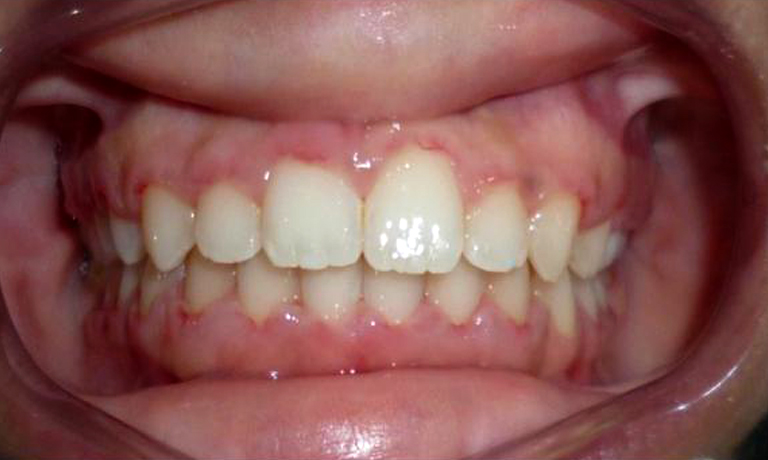
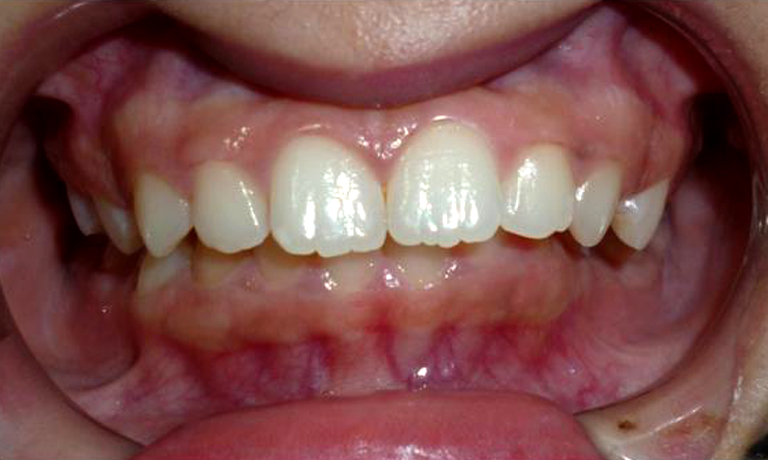
A deep bite is otherwise also known as a deep overbite, overbite, or closed bite. It is a dental condition in which the upper front teeth excessively overlap the lower front teeth while closing the mouth. The most common reason for a deep overbite is a small lower jaw.
It may also be caused by genetics or poor oral habits and if left unattended, can lead to wearing and abrasion of lower teeth, as well as pain in the TMJ. In extreme circumstances, the gums behind the upper front teeth may even be touched by the lower teeth, resulting in a step that eventually leads to gum recession and tooth mobility.